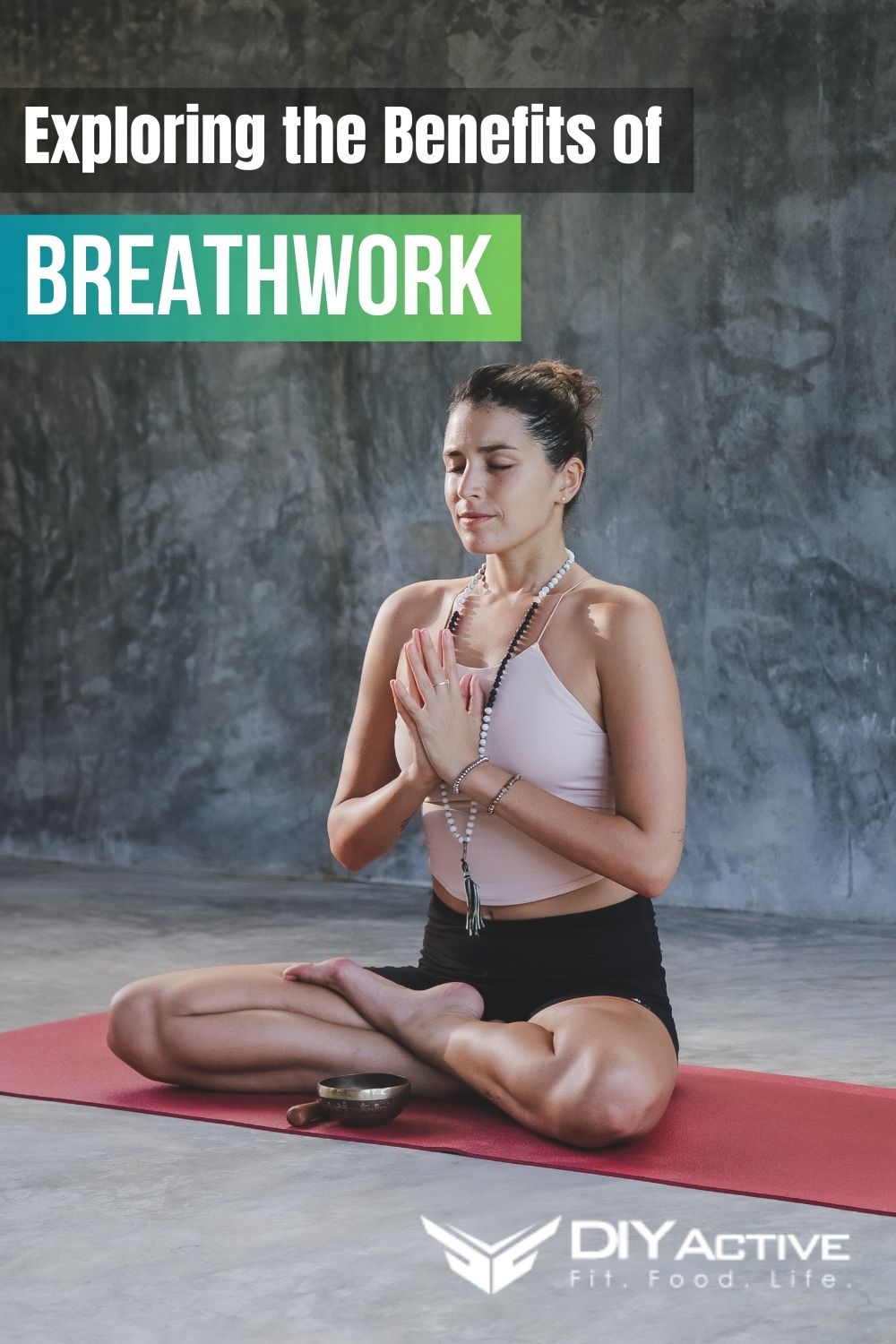
Elevate Your Relaxation: Exploring the Benefits of Breathwork Over Yoga
While many people think of yoga when they need to find a way to increase relaxation and decrease stress in their lives, another option may be a better fit. Breathwork takes the base of Pranayama’s breathing and brings it to another level. The best part is, that a breathwork session requires less preparation than a beginner’s yoga class.
But, what is breathwork and what are the benefits of doing it? Keep reading and you may find the perfect addition to your daily health routine.
What Is Breathwork?
Breathwork is the intentional manipulation of your breath cycle to achieve a goal. But when we say it like that, it does seem like all breathing is breathwork. After all, we need to breathe to stay alive, right?
During breathwork sessions, you learn to breathe intentionally, pulling air deeply into your lungs and filling them to capacity before exhaling entirely. During normal breathing, we tend to breathe shallowly, robbing our bodies of oxygen-rich air that can feed our cells and keep our bodies healthy.
Breathwork can be practiced alone as its own modality or tied into your workout or yoga routine. If you hope to get the most relaxation from your breathwork session, try adding it to this de-stressing yoga sequence.
What is Somatic Breathwork?
Somatic breathwork is the most commonly practiced type of breathwork. This modality fuses ancient pranayama techniques and new scientific data to create a one-of-a-kind session for the practitioners.
Somatic breathing is meant to help calm the body and mind while increasing the connection between them. This modality can be found anywhere, from online instructors to hospital settings, yoga studios, and classrooms.
What Is Holotropic Breathwork?
Holotropic breathwork is when you alter your physical, mental, or emotional state. This type of breathwork is often used to help heal past traumas. It was created in the 1960s by the Grofs, who had previously been studying the effects of LSD. When LSD became illegal, they moved on to attempting to achieve the same altered state purely with breathwork.
Today, holotropic breathwork can only be taught by those who have completed a 600-hour course from the Grof Foundation. The sessions are conducted in group settings, lasting 2-3 hours each. These sessions can be highly beneficial for practitioners and can help overcome addictions and other mental illnesses.
How To Do Breathwork
Breathwork requires very little preparation or equipment, making it incredibly easy to start and stick to a breathwork practice. All you need is a comfortable and peaceful place to sit or lie down, usually a yoga mat or meditation pillow. A chair also works. Wear loose-fitting clothes that allow full expansion of your abdomen.
During breathwork, your goal is to expand your lungs to full capacity, which creates a lot of space as your stomach expands. Elastic waistbands are a great option.
Working one-on-one with a certified breathwork facilitator is a great start if you are new to breathwork or want to expand your knowledge. You can also find in-depth and quality online breathwork sessions that can help keep your practice interesting and challenging.
Breathwork Basics
While a certified breathwork instructor will be able to lead you through guided exercises, you can begin your journey with these three basic breathing techniques:
- The 5-5-5 breath sequence is one of the easiest breathwork patterns to learn. Begin sitting up straight and placing your hand on your chest and one on your stomach. Next, draw in a deep breath through your nose for 5 seconds, filling your lungs and expanding your abdomen. Hold the breath for 5 seconds before slowly exhaling through your mouth while counting to 5. Repeat this breath cycle 3-5 times.
- Alternate nostril breathing has been used in yoga classes for centuries. This breathwork pattern is similar to the 5-5-5 sequence. You’ll begin in a seated position, sitting up tall. Place your index finger and thumb on either side of your nose, using your index finger to close off one nostril. Take a deep breath in your remaining open nostril before releasing your index finger and closing the other nostril with your thumb before exhaling. Repeat this sequence 3 times and then another 3 times where you close the nostril closest to your thumb.
- Lion’s breath is commonly used to help lower stress and release jaw and neck tension. During this technique, you will breathe in through your nose until your lungs reach capacity. Once ready to exhale, you’ll open your mouth wide and stick your tongue out as far as possible before forcibly exhaling all the air from your lungs. This technique often results in a sound similar to a lion’s roar!
What Are The Benefits of Breathwork?
Today, more and more people are discovering the centuries-old benefits of adding breathwork to their daily lives. However, when we stop to think about it, breathing is an integral piece of every situation we find ourselves in.
Whether we take a deep breath or two to help calm our nerves before a presentation or breathe through a painful or challenging experience, we understand that when we control our breath, we control our minds.
Breathwork is thought to help relieve stress, improve focus, reduce feelings of depression, alleviate anxiety symptoms, and increase feelings of happiness and contentment. But the benefits of breathwork continue past helping mental health.
The physical benefits of breathwork include helping to lower blood pressure, improve sleep quality, lower cortisol in the body, and improve the immune and respiratory systems of the body.
Where To Start
After learning the benefits of breathwork and how easy it is, there are plenty of ways to get started. You can find face-to-face breathwork sessions in your area, a local yoga studio, or a fitness center. If you aren’t ready for an in-person or one-on-one session, try online classes.
Whether you start with pre-recorded videos or in-person sessions, any step you take on your breathwork journey is going to put you on the right path. Soon, you’ll see all the physical and mental benefits and just how far a regular breathwork routine will take you.
Photo by Ale Romo
Photo by Matteo Di Iorio
- Breathwork for Beginners: How-To Plus Benefits - October 30, 2023



